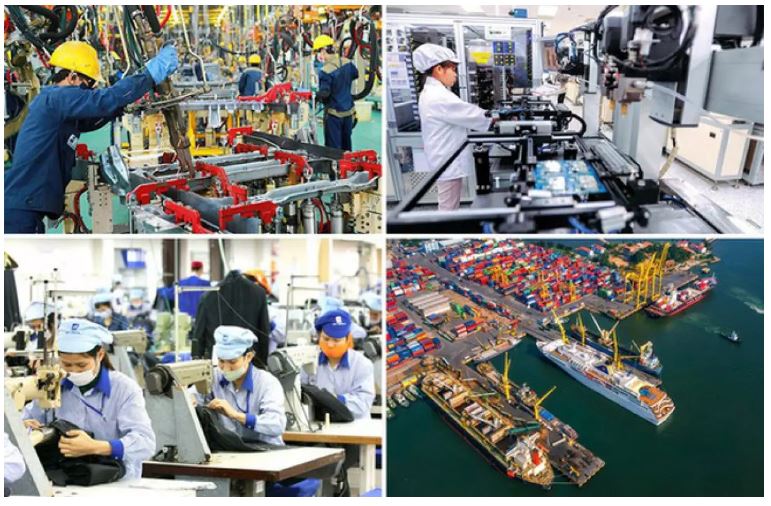Vietnamese economy forecast to grow 7.5% in 2022
The nation’s economic recovery has accelerated over the last six months on the back of a resilient manufacturing sector coupled with a robust rebound in services, according to a World Bank (WB) economic update for Vietnam released on August 8.
The country’s economy expanded by 5.2% in Q4 of 2021, 5.1% in Q1 of 2022, and 7.7% in Q2 of 2022, as consumers satisfied pent-up demand and the arrival of foreign tourist gradually picked up, according to the report, “Taking Stock: Educate to Grow,” the WB’s bi-annual economic outlook for the country.
However, this positive outlook is largely subject to heightened risks that threaten future recovery prospects. Risks include growth slowdown or stagflation hitting major export markets, further commodity price shocks, continued disruption of global supply chains, or the emergence of new COVID-19 variants. In addition, domestic challenges include continued labour shortages, the risk of higher inflation, and heightened financial sector risks.
Given the budding recovering going on domestically, the weakening global demand outlook, and heightened inflation risks, the report suggests a proactive response by the authorities is needed. In the short term, on the fiscal front, the focus should primarily be on the implementation of the Recovery and Development policy package and expanding targeted social safety nets.
This should be done to help buffer the poor and vulnerable from the negative effects of the fuel price shock and rising inflation. In terms of the financial sector, close monitoring and strengthening non-performing loan reporting and provisioning, as well as adopting an insolvency framework, is recommended.
If upside risks to inflation occur, with core inflation accelerating and the consumer price index moving above the 4% target set by the Government, the State Bank of Vietnam should be ready to pivot to monetary tightening in order to quell inflationary pressures through interest rate hikes and tighter liquidity provision.
“To sustain economic growth at the desired rate, Vietnam needs to increase productivity by 2% to 3% every year,” said Carolyn Turk, Country Director for Vietnam of the WB. She added that, “International experiences have shown that higher worker’s productivity can be achieved by investing in the education system, as an important part of a basket of investments and reforms. A competitive workforce will generate much-needed efficiency for Vietnam in the long term.”
The report argues that efforts in transforming the higher education system will be key to boosting the nation’s productivity and help achieve its goal of becoming an upper-middle-income country by 2035 and high-income country by 2045. As a means of matching the average higher education enrollment levels seen in upper-middle economies, 3.8 million Vietnamese students would need to be enrolled in higher education institutions, almost twice as many as enrolled in 2019.
In line with this, reforms to the Vietnamese higher education system could help to support development objectives, the report says. The increasing financial costs of pursuing higher education coupled with the perception of diminishing economic returns from pursuing higher education have caused demand to weaken. The system is still further undermined by falling short of providing skills sought by employers, underinvestment by the state, and a weak and fragmented institutional structure which ultimately governs higher education.
The report details numerous suggestions for improving access to higher education, enhancing the overall quality and relevance of instruction, and making more efficient use of resources. Suggestions include expanding the use of digital technologies, enhancing the role of the private sector, along with streamlining the regulatory framework.
Source: VOV


 English
English




